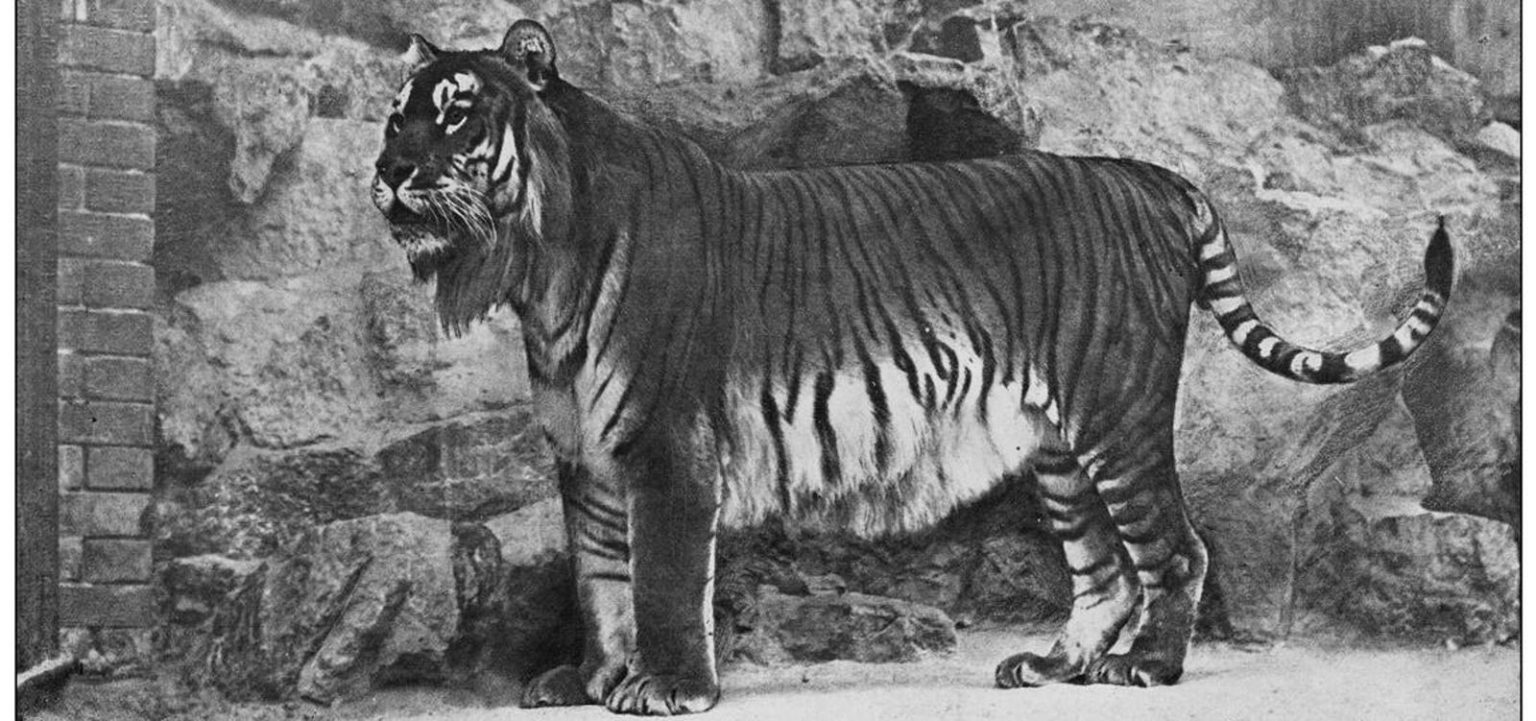The Caspian tiger, once a thriving species throughout western and central Asia, was believed to be extinct by the 1950s due to hunting, particularly by the Russian Army clearing predators for settlement and agriculture. However, recent evidence suggests that the Caspian tiger may have lived until the 1990s in some parts of Turkey, showing missed conservation opportunities. This missed opportunity to save the species has been labeled as the “Lazarus effect” in scientific circles. Similar premature declarations of extinction have occurred with other animals, leading to missed conservation efforts and creating hope for the future of those species.
The Bermuda petrel, Bermuda’s national bird presumed extinct for 300 years, was rediscovered in 1951 with conservation efforts resulting in a resurgence of its population. The forest owlet, endemic to central India and thought to be extinct for 113 years, was rediscovered in 1997, facing endangerment due to deforestation in its habitat. Bocourt’s terrific skink, initially documented in 1876 and presumed extinct for 131 years, was rediscovered in 2003 in New Caledonia, designated as critically endangered due to its declining population. The Arakan forest turtle, rediscovered in 1994 after being presumed extinct for 119 years, is critically endangered due to illegal wildlife trading.
The red-crested tree rat, endemic to Colombia and thought to be extinct for 113 years, was rediscovered in 2011 in the El Dorado ProAves Reserve, designated as critically endangered by the IUCN due to various threats including predation by feral cats, climate change, and deforestation. These examples of Lazarus species demonstrate the importance of ongoing conservation efforts and highlight the still-existing opportunities to protect and save species that were once presumed to be extinct. Recognition of the potential for species to be rediscovered after being declared extinct can motivate conservationists to continue their efforts to protect endangered animals and their habitats, preventing further extinctions and preserving biodiversity.















